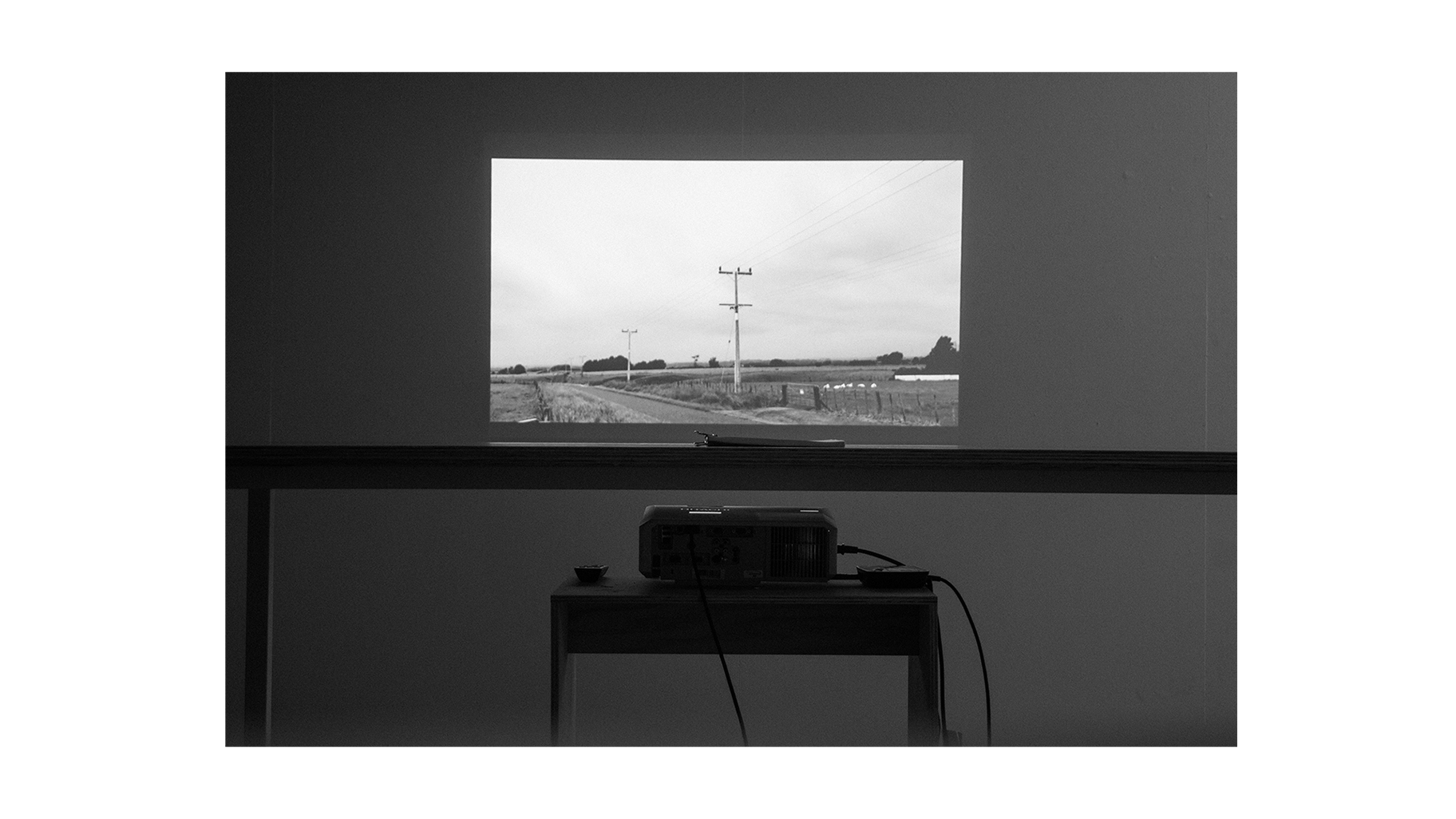

Chris Bentley
Vacancies and Attenuated Presences: A Counter-Memorial Swimming Pool for Waitara

Fieldwork and Intervention, Mundane Transmutation:
Histories, places and people of long past epochs are witnessed by memorials. Their utterances can be felt, and heard, if one is in a place to listen. Memorials act as the progenitors of these voices. These sites, and the meta-narratives surrounding them are critical to the discourse of identity and history, whether they be personal histories, or greater collective ideals.
In this narrative sense, memorials are zeitzeuges; contemporary witnesses. They provide locative markers in the present for which to develop a conversational understanding of the past, present and future landscapes we occupy in relation to one another. Vacancies and Attenuated Presences seeks to explore this relationship and it's language through investigation into alternative spaces of memory, namely the memorial swimming pool.
Memorial swimming pools are curiously located amongst the changing and often controversial field of memorial architecture. They exemplify a kind of disjunctive counter-memorial. How could this disjunctive spatial quality offer alternative methods of remembrance? Can the quiet voices of these strange memorial structures allow us to position ourselves in new landscapes of remembrance?
This practice-led thesis inquires into the memorial pool, and posits these strange and disjunctive spaces as counter-memorials, mediums for alternative methods of remembrance.
The work unfolds over two stages: fieldwork, and intervention. The fieldwork section details expeditions to three memorial pools found across the North Island. Methods of site-specific inhabitation and witnessing identify, and accrete the phenomenal language of these memorials. This involves particular observation of moments of presence and absence. Transient and mundane images are critically viewed as markers of the aforementioned counter-memorial, and as evidence of the changing roles and temporalities of the designated sites.
The intervention leverages this affectual language to propose a speculative reframing of the Waitara Swimming Pool as a memorial pool. The work comprises a series of mnemonic provocations detailing loss, vacancy, and the crossing of ritual thresholds.
These present conversational and dialogical encounters. The images of these surfaces and spaces are derived from inhabitation, and activity, contrary to archetypal western monument. They are lived memorials. The viewer is positioned as an active participant rather than a distanced observer. The work imagines to localize these memorial narratives to the individual through this immersion into a memorial landscape, presenting opportunities to attenuate and inhabit memory.


